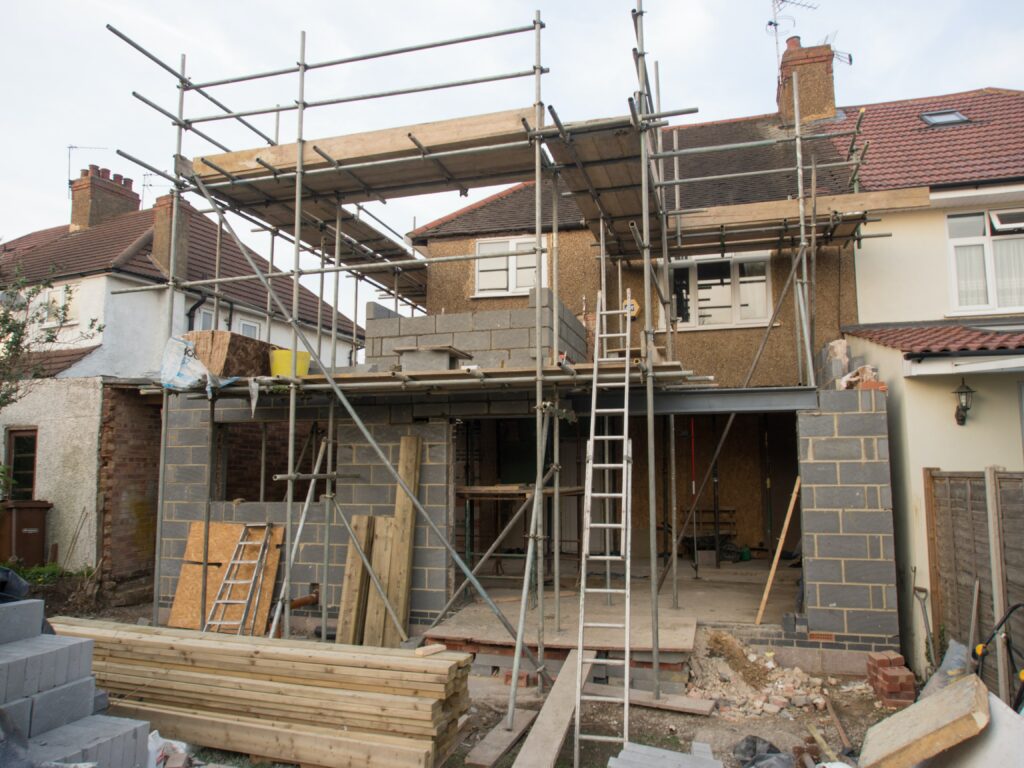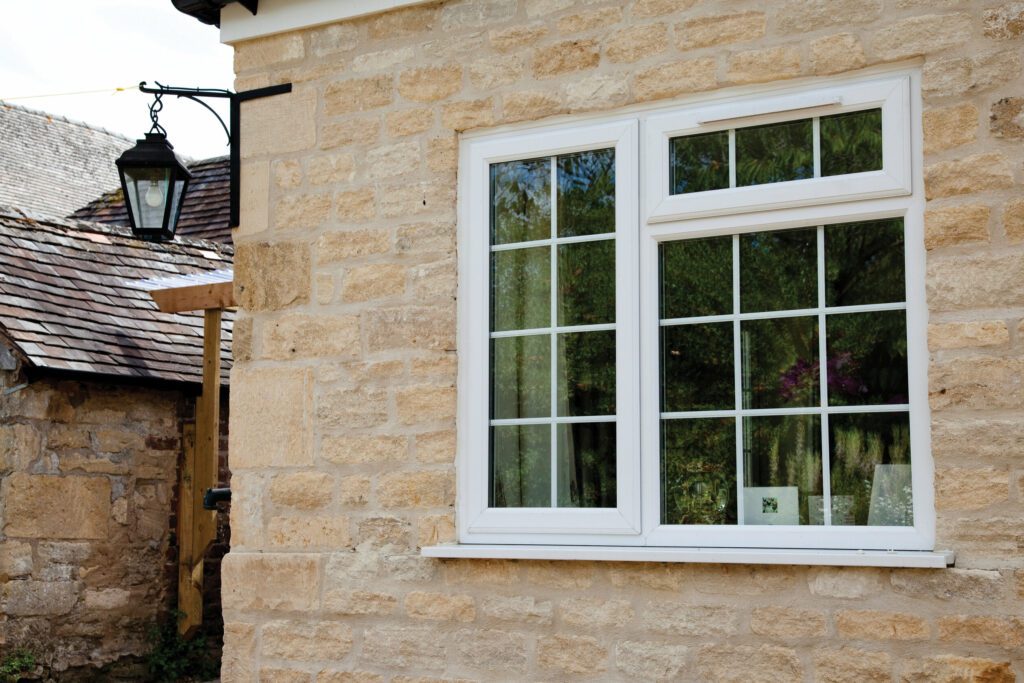
A new selection of changes to the building regulations in the UK came into effect as of 15 June 2022. This brought in a raft of new rules affecting many aspects of construction, but we are going to take a look at the ones that relate to windows and doors. This means looking closely at part L and part F.
In this post, we will go over the changes in the building regulations 2022 and give a little detail on what this means for your next project. The changes are primarily aimed at making buildings more energy efficient and to help reduce humidity indoors that can lead to damp.
Let’s take a closer look.
What are the 2022 changes in part L?
Document L is all about the conservation of fuel and power. It is a new regulation that makes changes to the standards and guides that are aimed at raising the energy performance of a building. Essentially, it dictates new regulations about reducing heat loss and preventing ‘excessive solar gains’.
What this means is that a new standard has been set for the materials used in construction. For us, this relates to windows and doors. Essentially, the change introduces a lower requirement for the U-value to ensure two things:
1. Heat sourced within the property (from radiators and other heaters) does not escape.
2. The property is insulated against allowing the high external temperatures from getting inside and making the occupants too warm.
Insulation is the key word here – any efforts to prevent heat loss in the winter and minimise heat gain in the summer is an ‘energy performance’ matter. Comfort and energy efficiency are increased when a property is well insulated against unwanted heat transfer.
What are the 2022 changes in part F?
Document F refers to changes in ventilation requirements that maintain the air quality indoors. The changes are in the guidance to how buildings are ventilated, aimed at reducing the build-up of interior condensation which can lead to things like high humidity and mould developing.
What this means for us is that the doors and windows we install must meet the minimum standard for the ventilation measures they contain. The new standards will ensure sufficient ventilation to avoid excessive moisture build-up in rooms, reducing the risk of damp and mould.
Why are these changes being introduced?
The Government has set itself a target of achieving net-zero carbon emissions by 2050. As much as 40% of all greenhouse gas emissions in the UK come from the built environment, and this directly impacts the construction industry. Furthermore, around 1/3 of that figure is produced by homes.
As such, the changes that came into force in June 2022 are all about making substantial reductions in domestic carbon emissions. The figure they are targeting is a reduction of 75%.
Greenhouse gas emissions are gases that are released into the earth’s atmosphere. These emissions are generally created when we burn fossil fuels like oil, coal and natural gas, but most fires produce harmful chemicals. So all the smoke that is produced by factories, power plants and even our boilers at home.

The name ‘greenhouse gas’ refers to the fact that these gases in our atmosphere, when present in higher volumes than would naturally occur, trap heat from the sun within our atmosphere. The result is climate change and global heating, which is causing untold damage to people, food, animals and virtually everything else around the world.
Every country on the planet must do its part in trying to reduce (or eliminate) greenhouse gas emissions to prevent climate change doing catastrophic and irreversible damage to the world. So our Government is gradually introducing tighter regulations on anything that is involved in the emission of greenhouse gases as part of the commitment to reaching net zero by 2050.
The changes in Document L (conservation of fuel and power) – then and now
For replacement windows and doors in existing homes, the changes look like this:
Previous:
Overall U value for windows had to be 1.6, or minimum WER Band of C
Overall U value for doors had to be 1.8, or minimum DSER Band of E.
As of June 15th 2022:
Overall U value for windows must be 1.4, or minimum WER Band of B.
Overall U value for doors must be 1.4, or minimum DSER Band C. If the glazed area is +60%, other doors must have a minimum DSER Band of B.
For new windows and doors in new build dwellings, the changes are as follows:
Previous:
Overall U value for windows had to be 1.4.
Overall U value of doors had to be 1.4.
As of June 15th 2022:
All windows and doors with a glazed area of more than 60% must have an overall U value of 1.2 (the limiting value is 1.6).
Doors with a glazed area below 60% are required to have an overall U value of 1.0 (the limiting value is 1.6)
What are the regulation changes in Document F (ventilation)?

Replacing windows: building work on an existing dwelling that impacts ventilation must ensure the ventilation meets the standards detailed in Document F.
Windows with background ventilators: where background ventilators (trickle vents) are present, the replacement window should also include one that is no smaller than the current one and can be controlled by the occupant.
The old standard for ventilation was 4000mm2 per habitable room. This has now increased to 8000mm2 per habitable room.
Developers can achieve the ventilation requirements in a range of ways. It doesn’t necessarily have to be ventilators, but window and door manufacturers/suppliers need to be provided with specific requirements if trickle vents are being used.
How is GFD Trading meeting the new standards?
Our suppliers have known about the changes for some time and already implemented those standards in the window and door regulations 2022 in their products.
Aluminium all meets the required WER Rating Bands with alterations to door designs.
Foam-filled composite doors already meet the standards.
The new requirements don’t apply to timber core composite doors due to the timber slabs. New regulations for them are coming in 2023.
Aluminium entrance doors already meet the standards.
uPVC is highly energy efficient and already compliant with the standards.
To ensure you meet the compliance needs set out by the new regulations, make sure you inform us of the following when ordering:
The type of dwelling (or desired U value).
The product location (or desired ventilator to include).
If you are unsure about anything regarding the new door and window regulations 2022, contact your Local Authority or planning department for advice. For further reading, here are links to the official government documents:
If you’re planning a project with new windows and doors and still feel confused, why not contact our team and we will be happy to advise.

